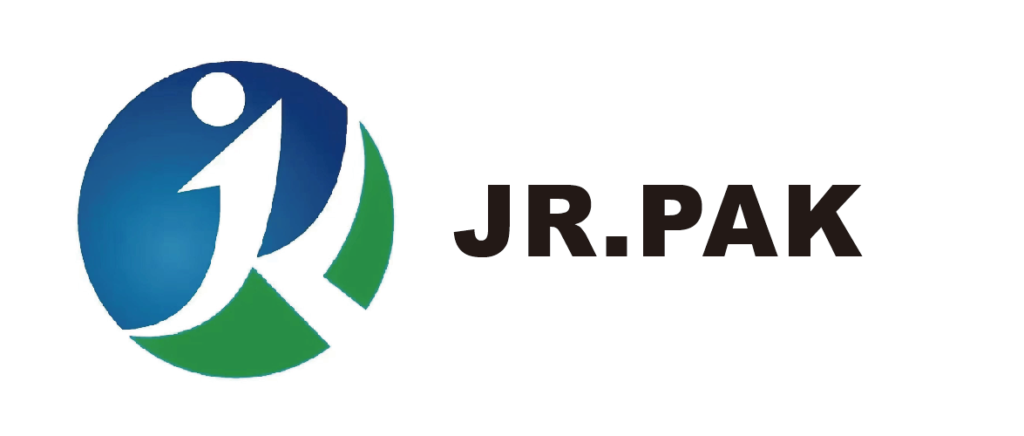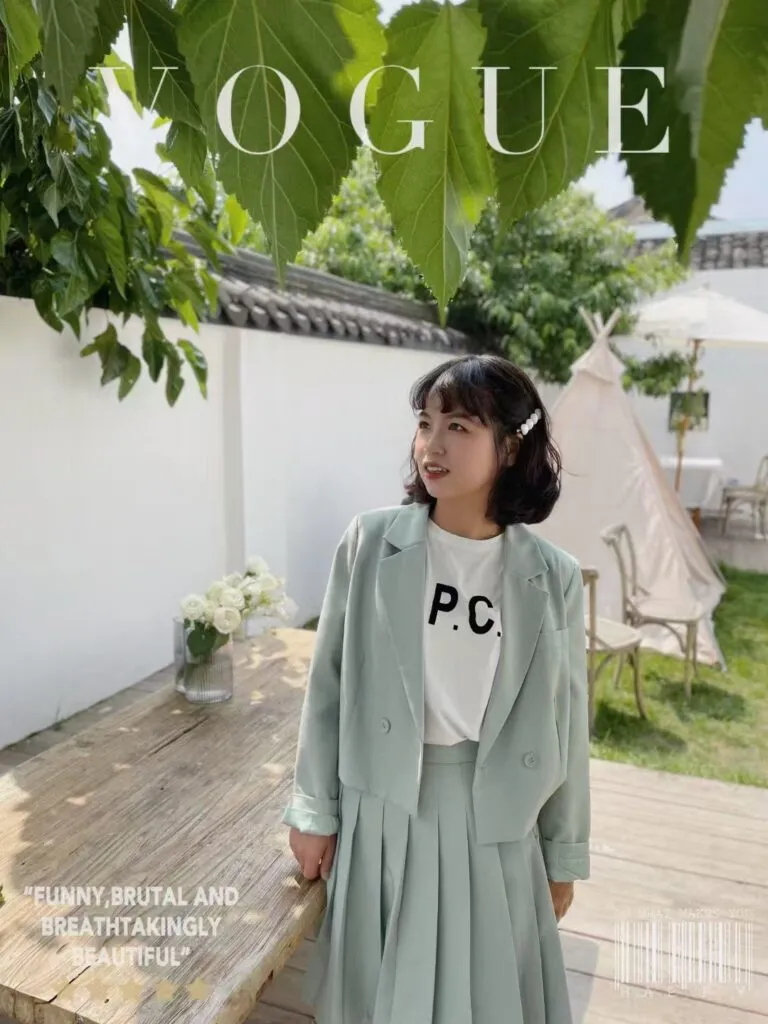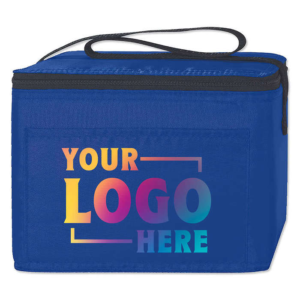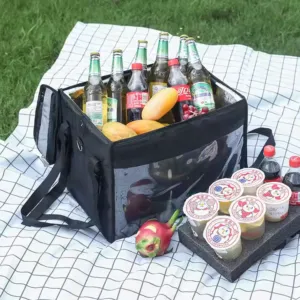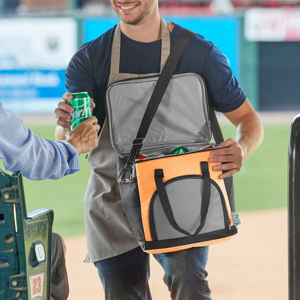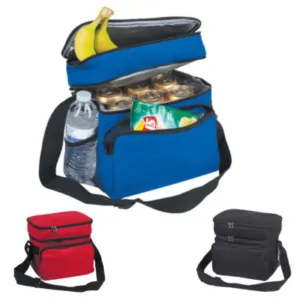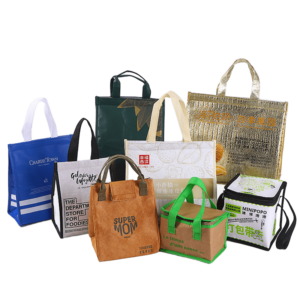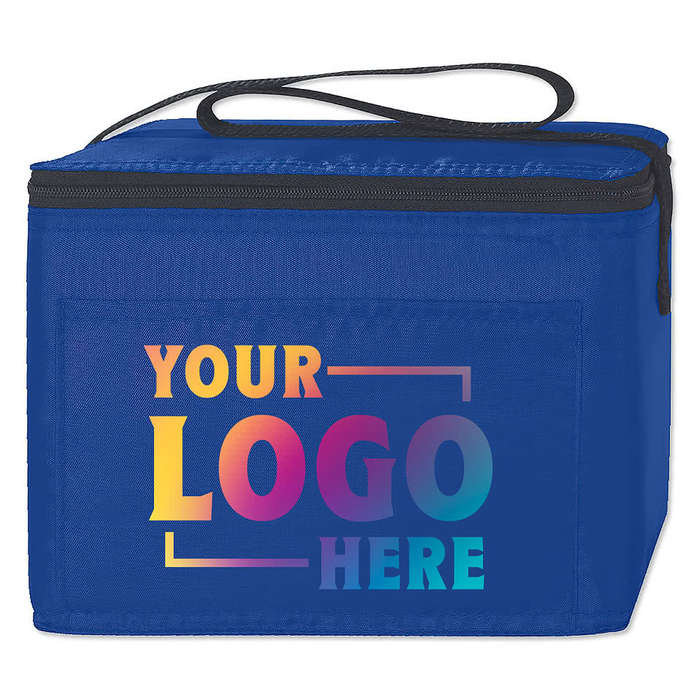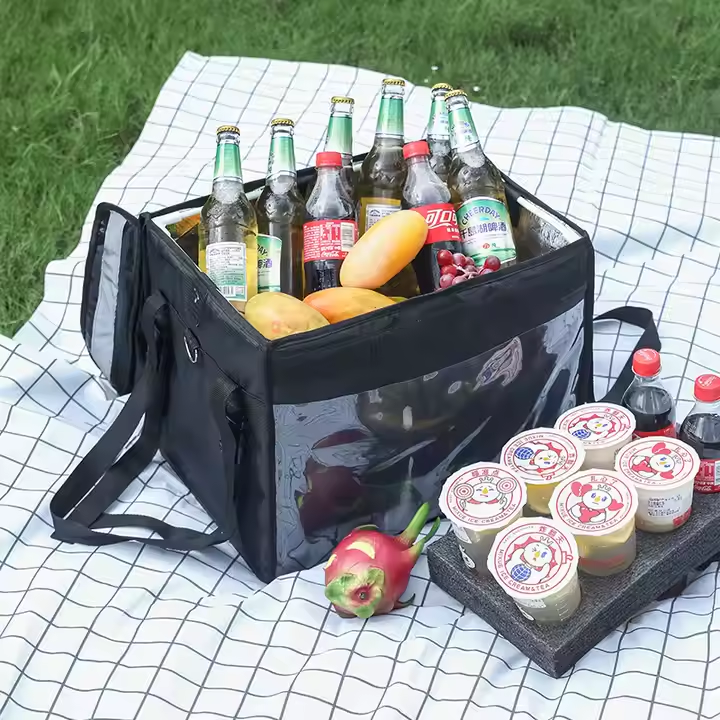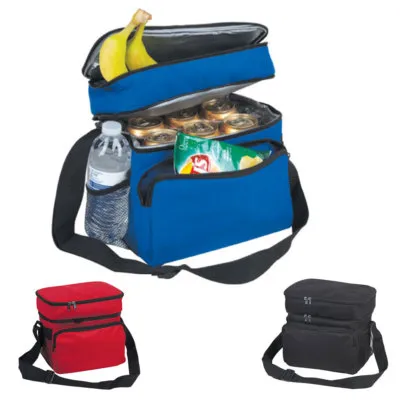Understanding packaging regulations is essential for PP woven bag manufacturers targeting the EU and US. This list highlights the 10 most critical laws shaping sustainability, recyclability, and compliance in these markets, helping businesses prepare for upcoming legal and environmental demands.
10 Key Packaging Laws and Regulations Affecting PP Woven Bags in the EU and US
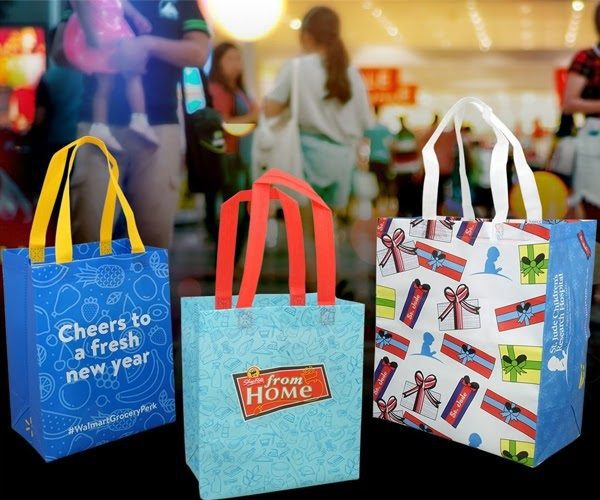
This guide outlines key packaging laws in the EU and US that directly impact polypropylene woven bags, focusing on sustainability, recyclability, and waste reduction.
Learn how each law could influence your design, production, and market access strategies.
Plastic Bags Directive (Directive (EU) 2015/720)

Dive-Deeper paragraph:
The EU Plastic Bags Directive aims to curb environmental pollution by reducing lightweight plastic bag usage. While PP woven bags1 often exceed the 50-micron thickness threshold, exempting them from outright bans, they are still subject to critical environmental evaluation. Retailers and suppliers must distinguish clearly between single-use plastics and durable, reusable alternatives.
Sustainability Criteria
| Category | Requirement |
|---|---|
| Thickness | Must exceed 50 microns to be reusable |
| Marketing restrictions | Varies by member state |
| Usage encouragement | Reusable design and longer lifespan encouraged |
Countries such as France and Italy have set stricter national rules despite the directive’s exemptions. Thus, businesses must verify local interpretations before exporting.
Packaging and Packaging Waste Regulation (EU) 2025/40 (PPWR)
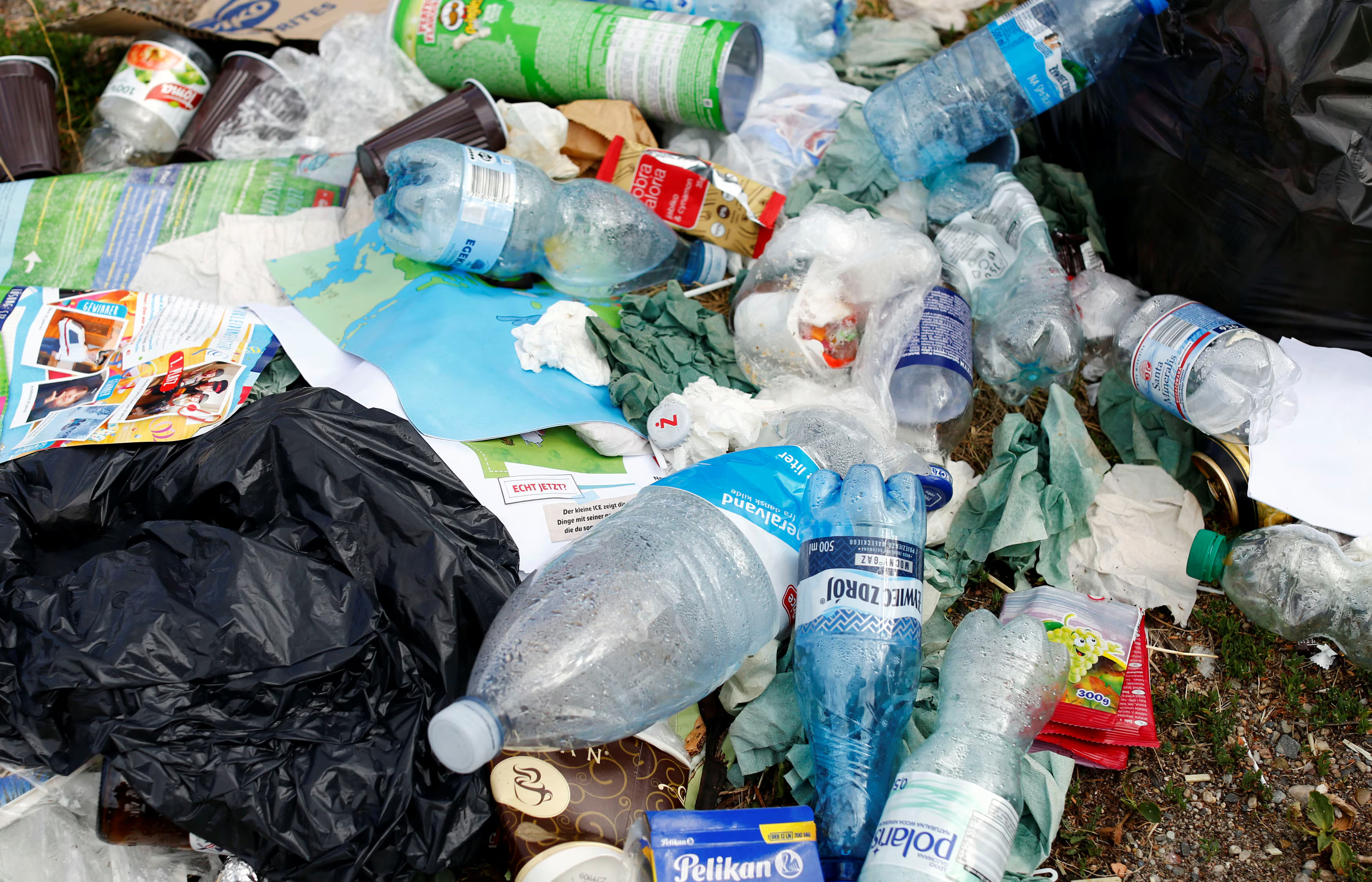
Dive-Deeper paragraph:
The PPWR represents a sweeping reform, pushing all packaging—including PP woven bags—to be fully recyclable by 2030. It sets specific recycled content benchmarks for plastic packaging. Businesses must redesign bags using mono-materials and easy-to-recycle components to comply.
Recyclability Targets
| Year | Recyclable Packaging Mandate | Recycled Content Target |
|---|---|---|
| 2030 | 100% | 10-35% (varies by format) |
| 2040 | 100% | Increased levels TBD |
Manufacturers also need to consider labeling, logistics, and material certification to meet compliance. Forward planning is essential, as non-conforming products will face distribution barriers in the EU.
Single-Use Plastic Restrictions under PPWR
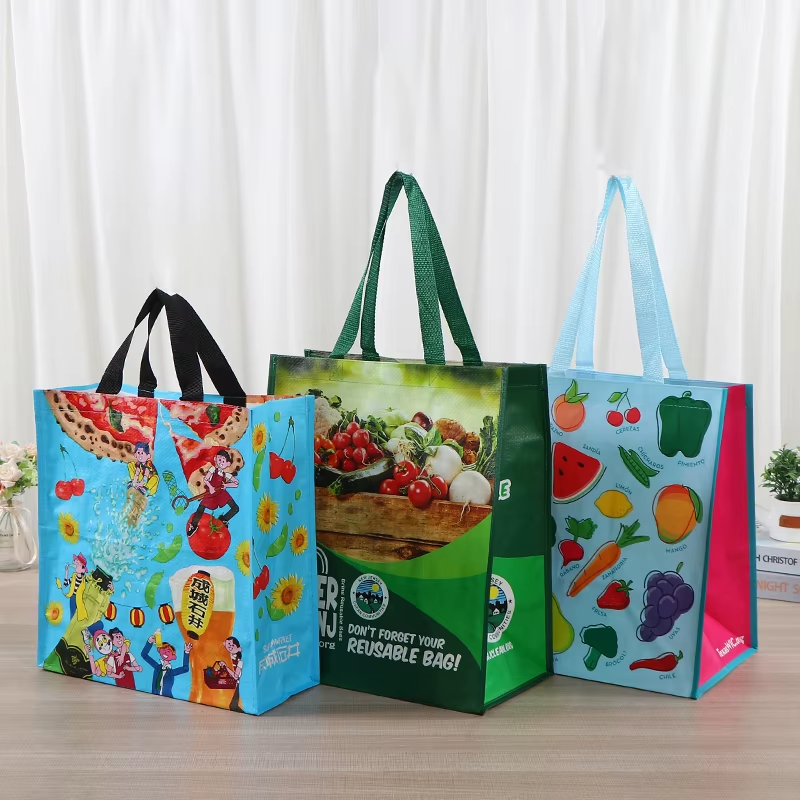
Dive-Deeper paragraph:
PPWR enforces bans on many disposable plastics, including food containers and produce packaging. Although PP woven bags are generally reusable, regulators are tightening definitions. Businesses must ensure their bags meet “multi-use” performance thresholds.
Key Compliance Factors
| Feature | Required Standard |
|---|---|
| Durability | Designed for 10+ uses |
| Material Recyclability | Clearly labeled and mono-material |
| Reuse Potential | Mechanically strong stitching, handles |
Failure to meet these design criteria might classify a bag as single-use, risking non-compliance fines or market exclusion.
Restrictions on Substances of Concern (e.g., PFAS)
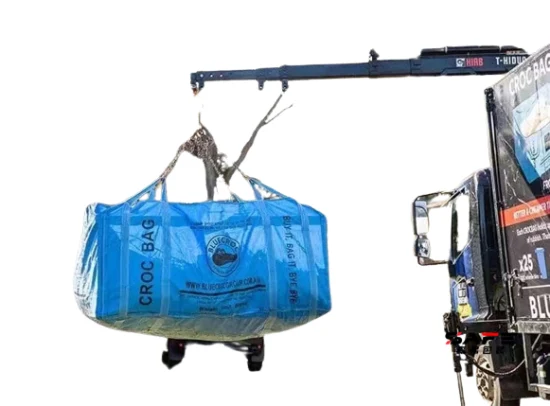
Dive-Deeper paragraph:
The EU's new thresholds on PFAS and other harmful substances affect food-contact packaging like PP woven takeaway bags. Regulations now require proof that toxic elements remain below legally permissible levels. This necessitates tighter supplier control and transparent chemical data.
Chemical Safety Standards
| Substance Category | Legal Threshold | Testing Required |
|---|---|---|
| PFAS | 0.1 μg/L | Yes |
| Heavy metals | Trace levels | Yes |
Using certified non-toxic materials from verified suppliers becomes vital to meet these health and safety laws.
Reuse and Refill Targets
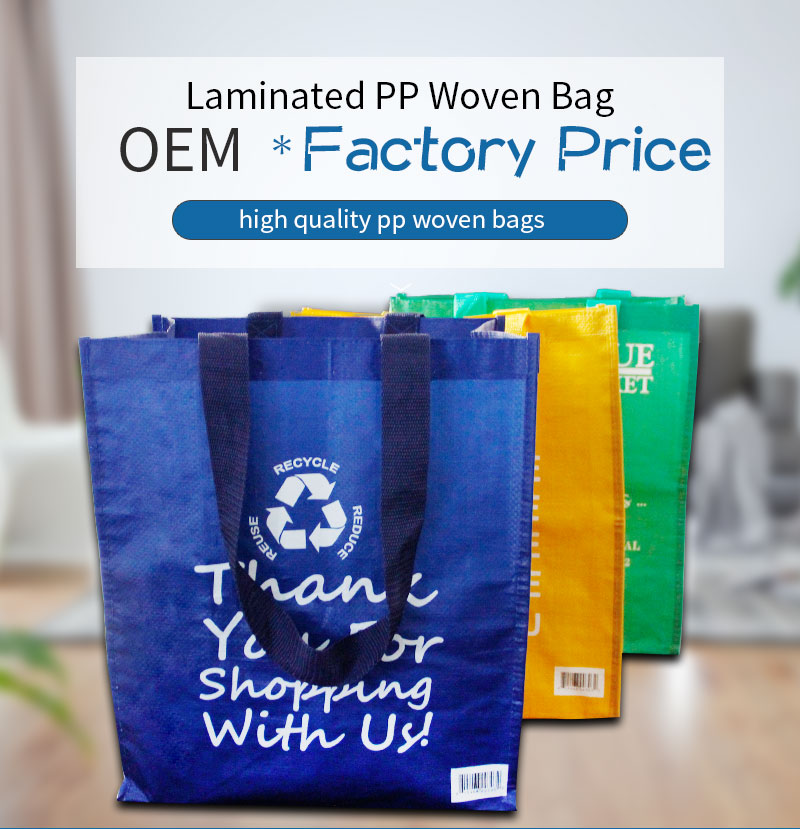
Dive-Deeper paragraph:
To promote a circular economy, the EU sets reuse quotas for commercial packaging. This reshapes expectations for product design. PP woven bags must now be part of refillable systems, such as bulk food or retail garment programs.
Refill Quota Goals
| Sector | 2030 Target | Notes |
|---|---|---|
| Retail Food | 20% | Includes bulk shopping bags |
| Takeaway Services | 10% | Includes delivery packaging |
Embedding reusability into branding and design becomes not only a compliance need but a competitive advantage.
Packaging Waste Reduction Targets
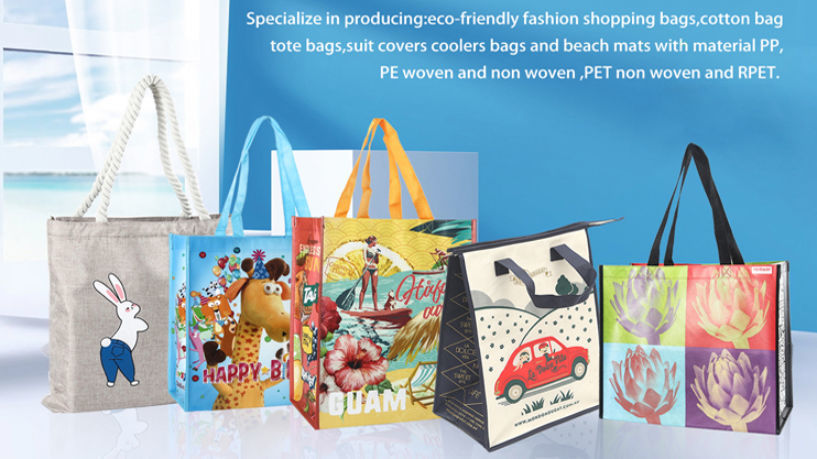
Dive-Deeper paragraph:
Packaging weight and volume limits mean that oversized or inefficient PP woven bag designs will face scrutiny. The EU will enforce a 5% waste reduction by 2030, scaling to 15% by 2040. Material optimization and reduced packaging ratios are the solution.
Waste Reduction Timeline
| Year | Waste Reduction Goal |
|---|---|
| 2030 | 5% |
| 2035 | 10% |
| 2040 | 15% |
Designers must balance durability with lighter, more space-efficient construction to remain compliant.
California SB 54 – Plastic Pollution Prevention and Packaging Act
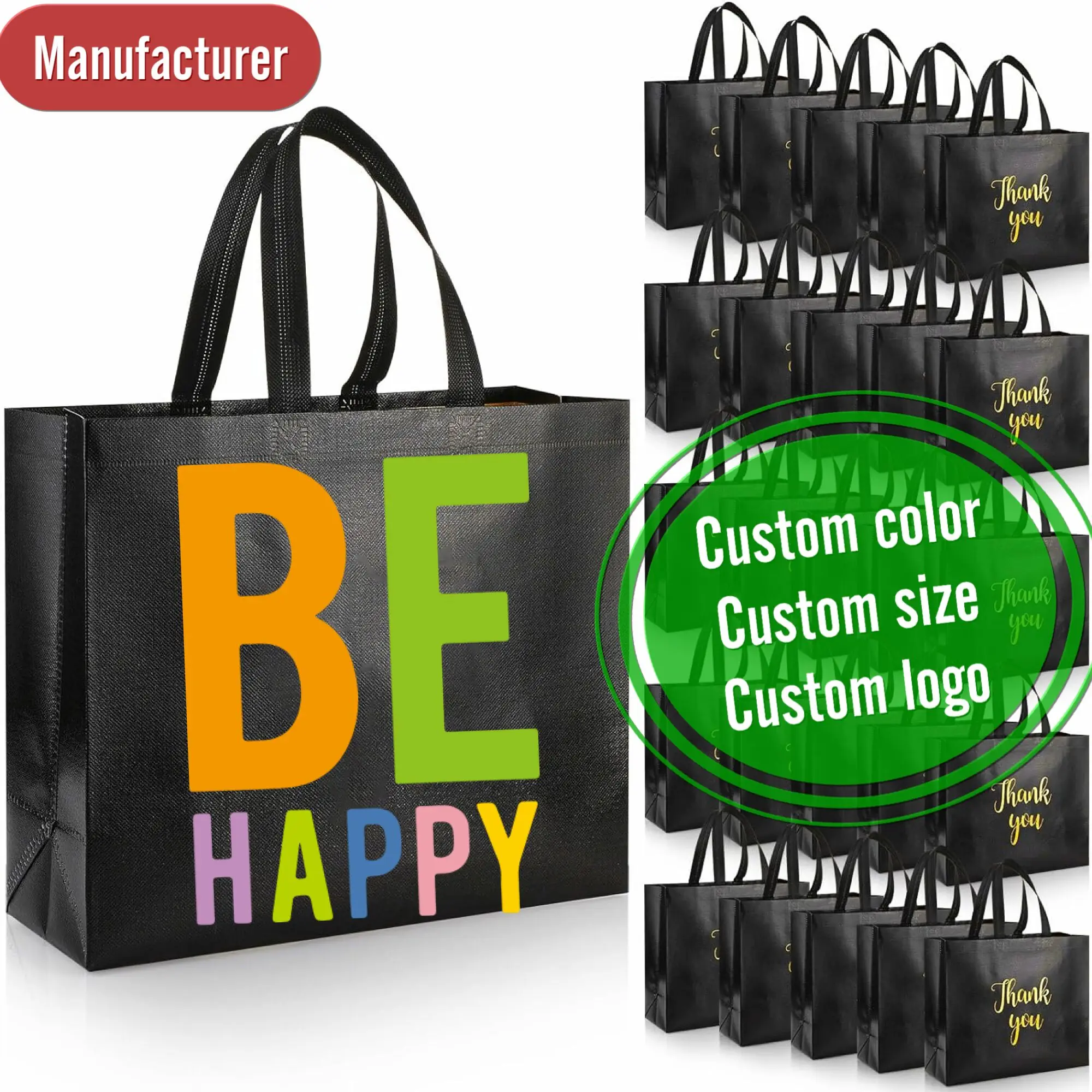
Dive-Deeper paragraph:
California’s law mandates that by 2032, all packaging must be recyclable or compostable. For PP woven bags, this implies verification through third-party recycling systems. Brands must redesign or eliminate packaging that cannot meet this test.
SB 54 Requirements
| By Year | Requirement |
|---|---|
| 2032 | 100% recyclable/compostable |
| Ongoing | 25% plastic reduction & EPR fees |
Bag producers must register with local compliance bodies and finance recycling programs, fundamentally altering their cost structures.
EPR Packaging Laws in Multiple US States
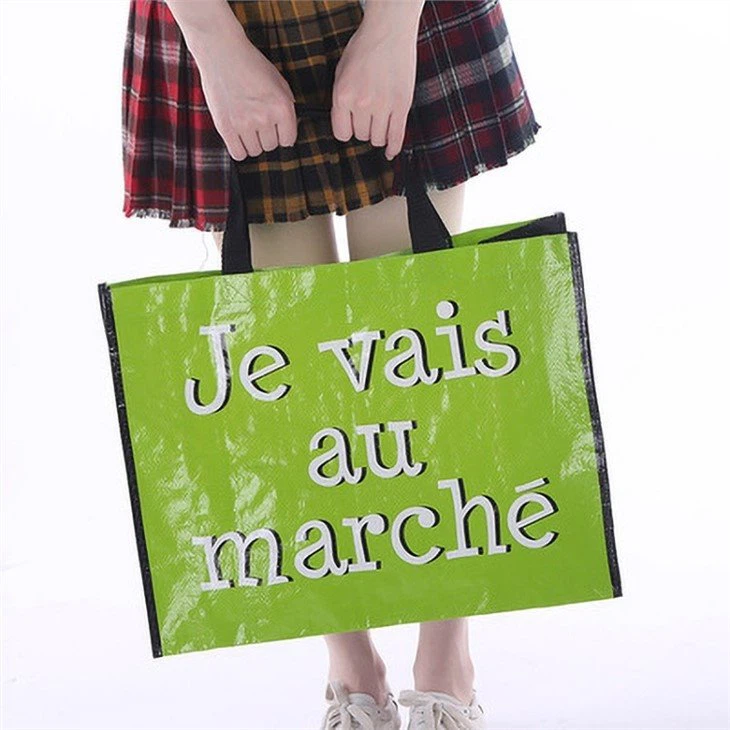
Dive-Deeper paragraph:
States like Oregon and Maine now mandate producer responsibility for packaging waste. This means PP woven bag suppliers must track material types, submit detailed packaging reports, and pay fees based on recyclability metrics.
Common EPR Elements
| State | Mandatory EPR Reporting | Fee Basis |
|---|---|---|
| California | Yes | Recyclability |
| Oregon | Yes | Material weight |
| Maine | Yes | Recycled content |
Brands must upgrade internal data tracking systems and work with compliance consultants to meet these evolving obligations.
State Polystyrene and Single-Use Plastic Bans

Dive-Deeper paragraph:
Although aimed at foam containers, state bans highlight a trend against any form of disposable plastic. This includes bags used once in fast food or retail. Businesses should future-proof by marketing PP woven bags strictly as reusable solutions.
Affected States and Scope
| State | Targeted Items |
|---|---|
| California | Polystyrene, plastic bags |
| New Jersey | All single-use carryout |
| Massachusetts | Restaurant containers |
Marketing materials and product use instructions should emphasize long-term usability to avoid unintended classification as single-use.
Break Free From Plastic Pollution Act (Federal Proposal)
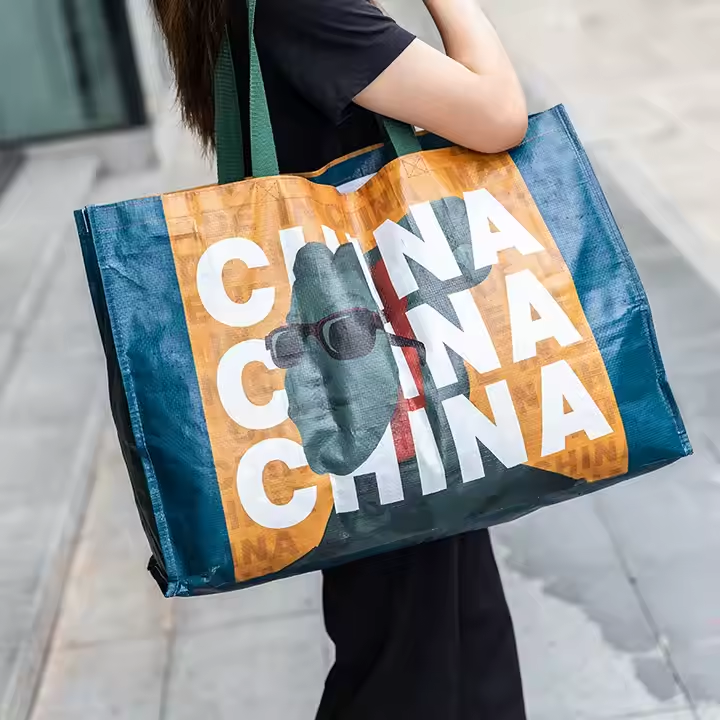
Dive-Deeper paragraph:
This federal bill, though not yet law, outlines sweeping national EPR mandates. If passed, it would impose labeling standards, ban single-use plastics (including many bags), and force producers to fund national recycling programs.
Proposed Provisions
| Regulation Area | Policy Mechanism |
|---|---|
| Plastic bans | Nationwide carryout bag ban |
| Producer fees | Based on recyclability |
| Reuse standards | Minimum durability rules |
Anticipating the bill’s direction helps businesses prepare early for material redesign and supply chain realignment.
Conclusion
The regulatory landscape for PP woven bags in the EU and US is shifting toward circular economy principles. From design to material sourcing, every step now matters more than ever. As a manufacturer, we’ve updated our processes and product designs to meet these strict standards. Understanding and preparing for these laws can help your brand avoid penalties and build a responsible image.
What do you think about these changes? Share your views or ask us how we help businesses comply and thrive.
-
Explore this link to understand the specific regulations affecting PP woven bags, ensuring compliance and market access. ↩
